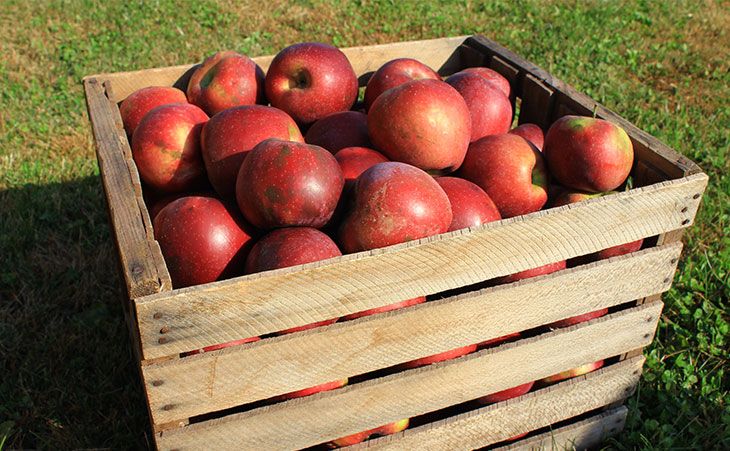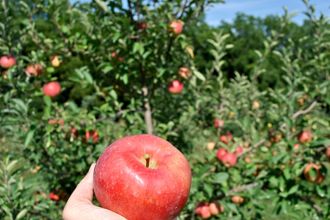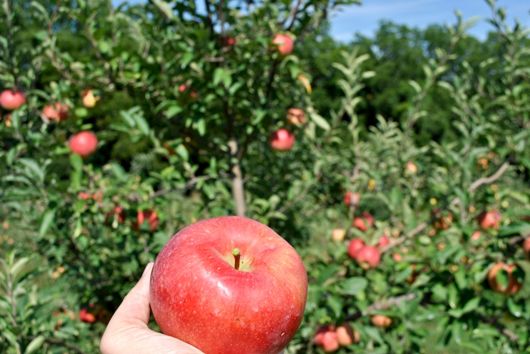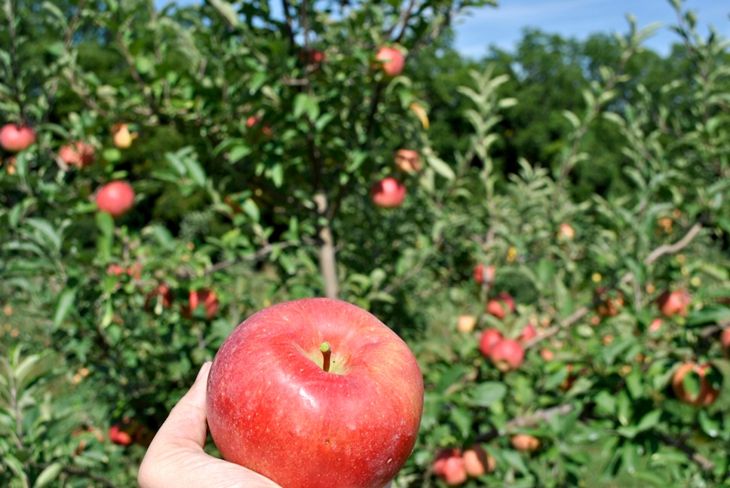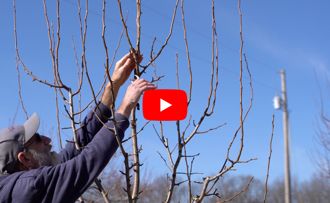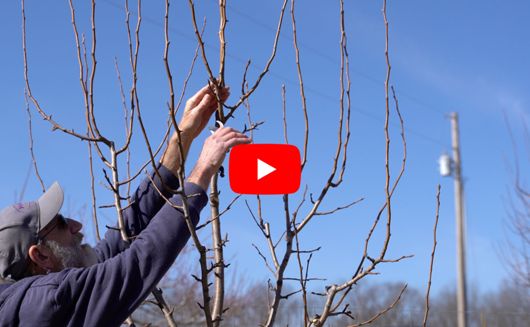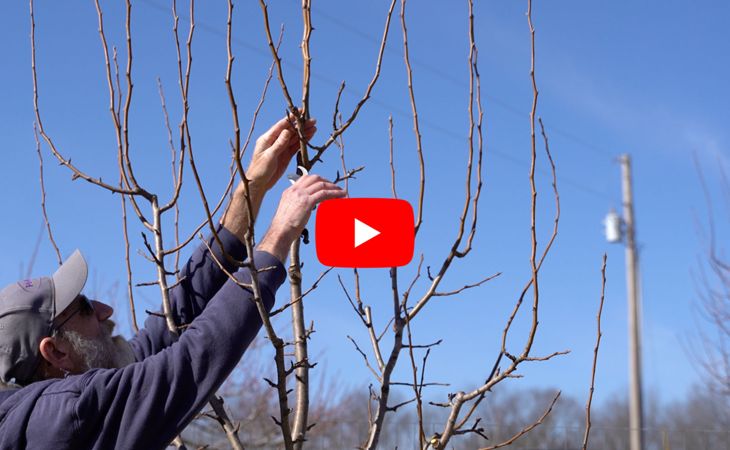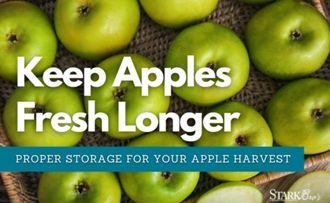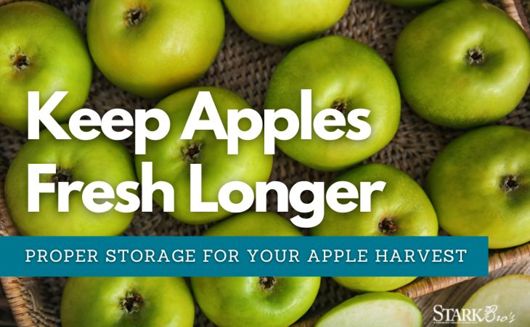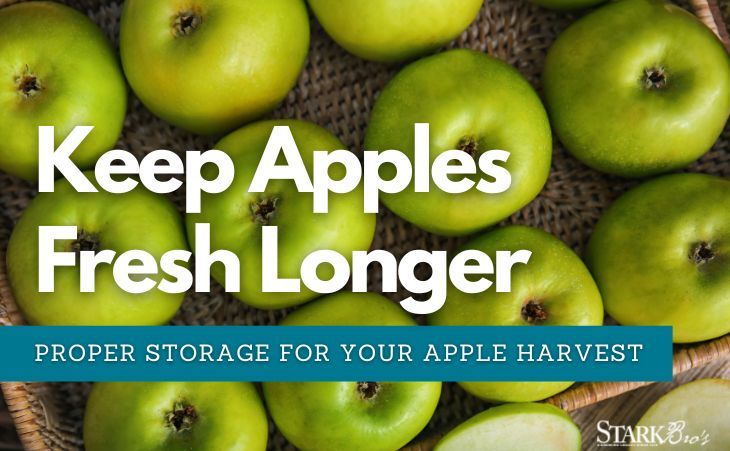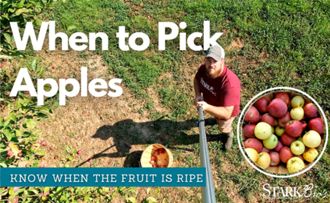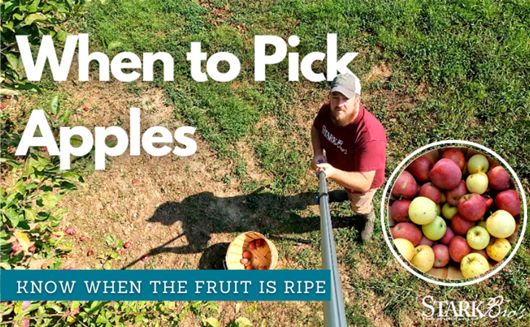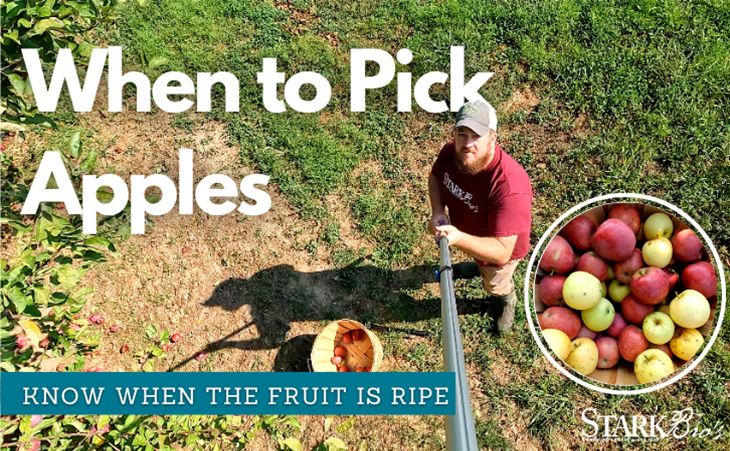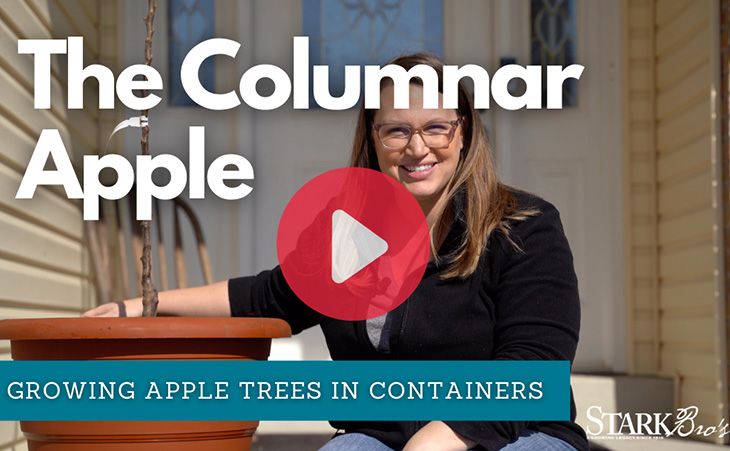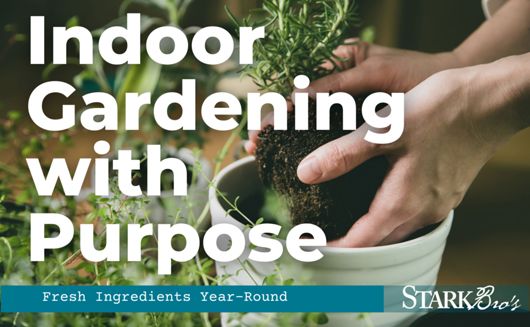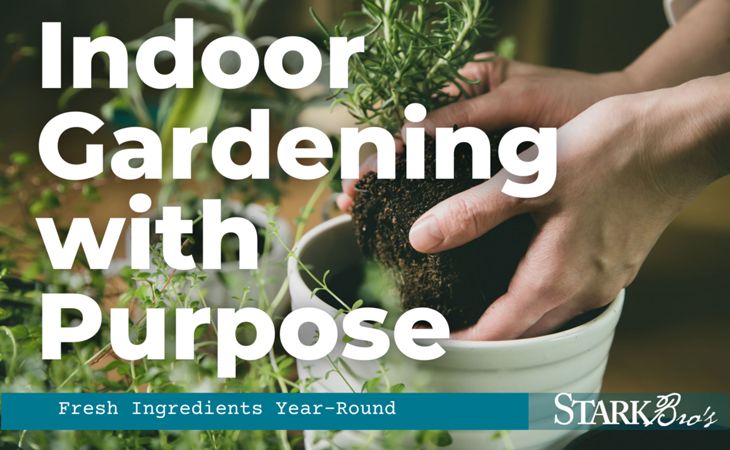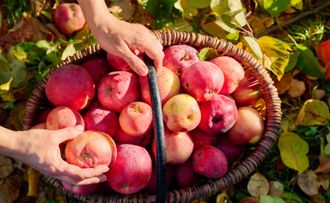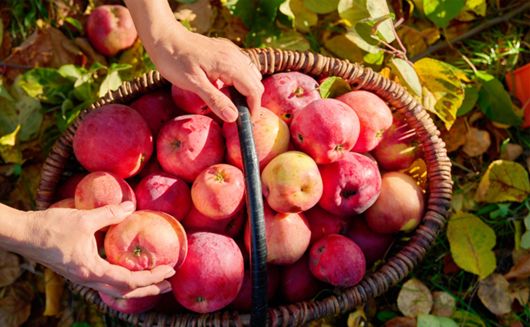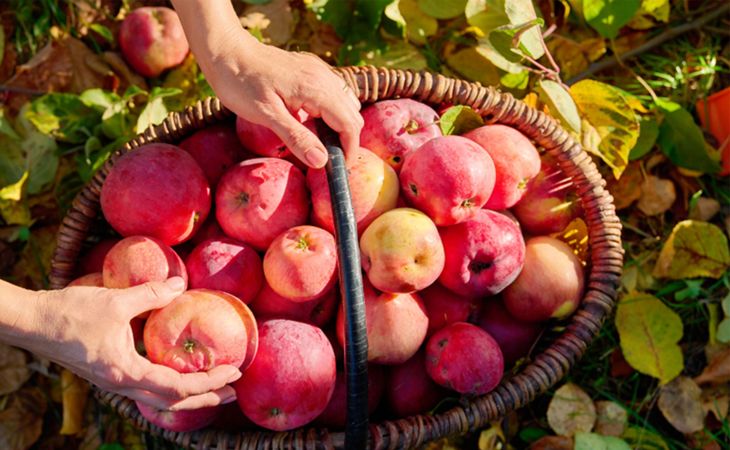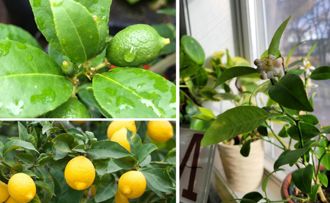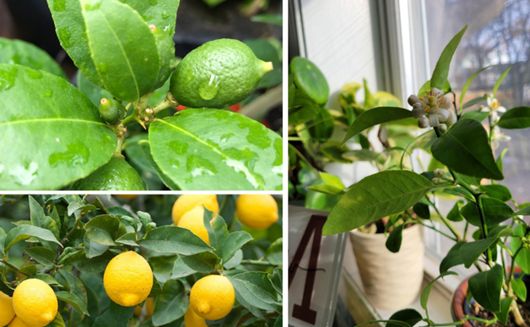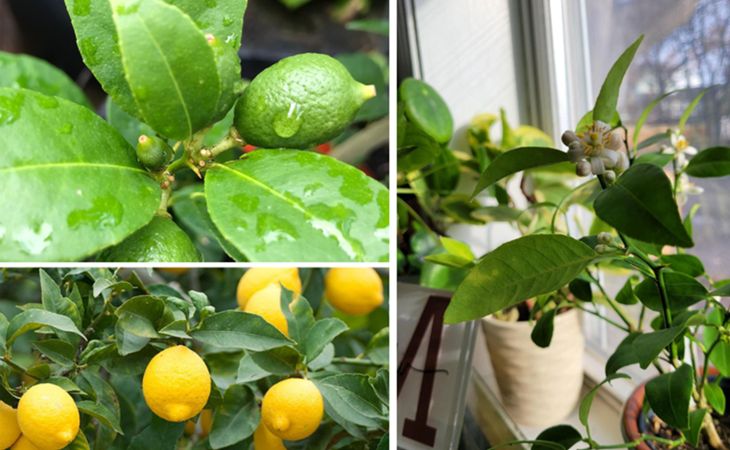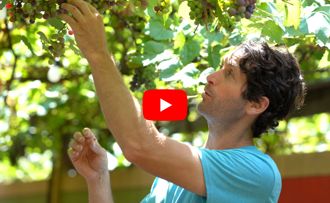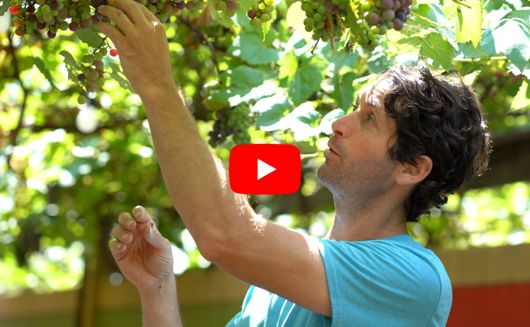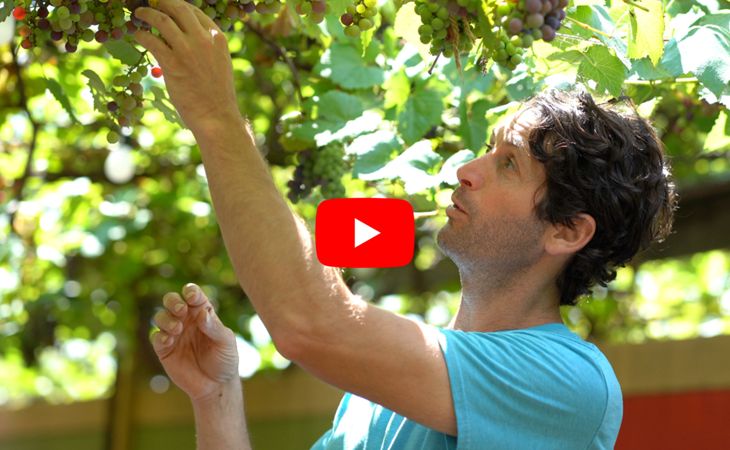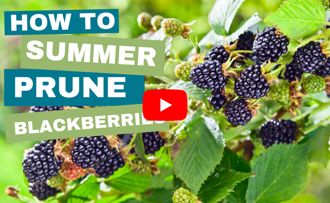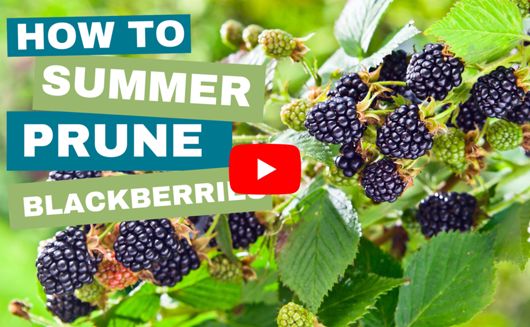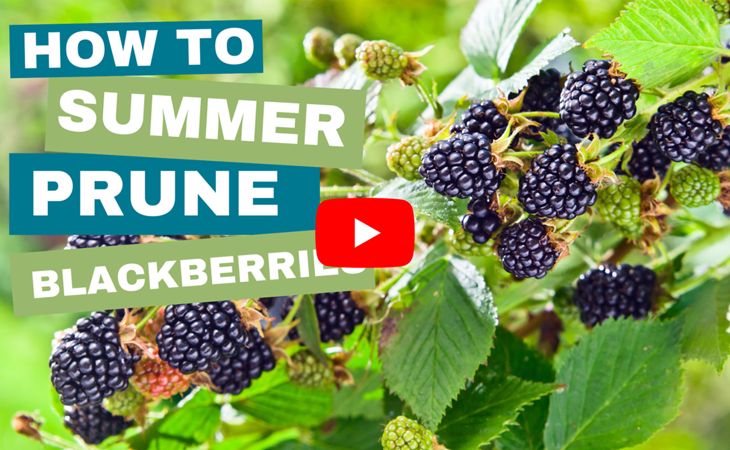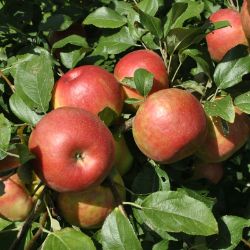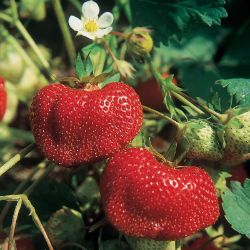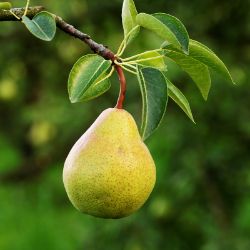Estimated Yield for Fruit Trees
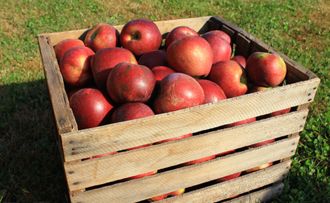
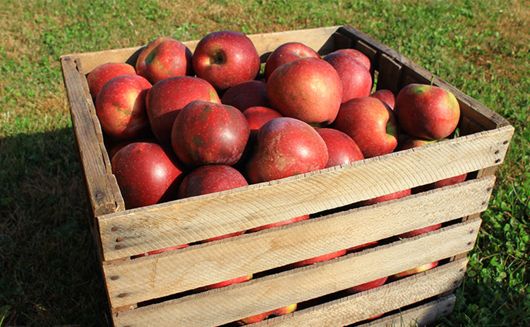
If you are limited on space, dwarf fruit trees have obvious benefits beyond estimated yield.
Estimated Fruit Yield by Tree Size
The information below represents an average yield for fruit trees.*
Apple Trees
- Miniature: 1/4–1 bushel
- Dwarf: 1–4 bushels
- Semi-Dwarf: 5–10 bushels
- Standard: 10–20 bushels
Apricot Trees
- Dwarf: 1–3 bushels
- Standard: 3–6 bushels
Cherry Trees
Sour Varieties
- Dwarf: 15–20 quarts
- Semi-Dwarf: 20–60 quarts
Sweet Varieties
- Dwarf: 15–20 quarts
- Semi-Dwarf: 30–50 quarts
- Standard: 60–75 quarts (~3 bushels)
Nectarine Trees
- Miniature: 1/4–1 bushel
- Dwarf: 2–3 bushels
- Standard: 3–5 bushels
Peach Trees
- Miniature: 1/4–1 bushel
- Dwarf: 1–3 bushels
- Standard: 3–6 bushels
Pear Trees
Asian Varieties
- Dwarf: 2–3 bushels
- Standard: 4–6 bushels
European Varieties
- Dwarf: 1–3 bushels
- Standard: 3–6 bushels
Plum Trees
Japanese Varieties
- Dwarf: 1/2–2 bushel
- Standard: 2–4 bushel
European Varieties
- Dwarf: 1–2 bushel
- Standard: 3–6 bushels
Quince Trees
- Dwarf: ~1/2 bushel
- Standard: ~1 bushel
* Please note that this list should only be used as an estimation tool to help with future expectations — it is by no means a guarantee. Planting location, weather, care and maintenance, tree maturity, varietal vigor/nature, and other variables all contribute to the overall yield, so this information is merely a guide. If your mature fruit trees have produced differently, please feel free to share in detail for other readers in the comments.
Discover How Long it Takes Different Trees to Bear Fruit
- Article Categories:
- How To Grow
- Ideas & Inspiration
- Spring Gardening
- Fall Gardening

